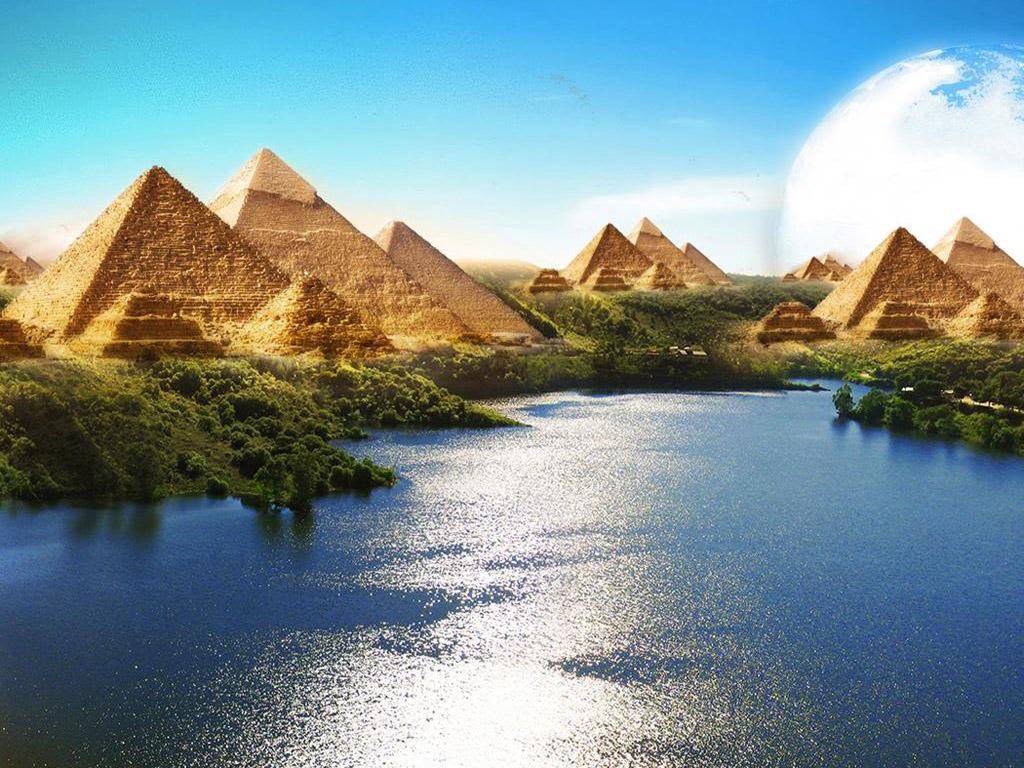The Nile River has long held a very important place in the history of Egypt. It has been a source of life in an otherwise inhospitable desert climate. In fact, it is one of the most important rivers in the world. However, there is much more to the Nile River than just that. Check out below for the top 10 facts about the Nile River.
The Nile River’s Source
For a long time, people didn’t know where the source of the Nile River really was. In fact, the source of the Nile was a point of much dispute. This was because the Nile River begins around Lake Victoria. However, the lake actually has many different smaller rivers that feed into it. Therefore, this made it difficult to determine which river was the main source. However, today people have come to an agreement that the Kagera River is the true source of the Nile River.
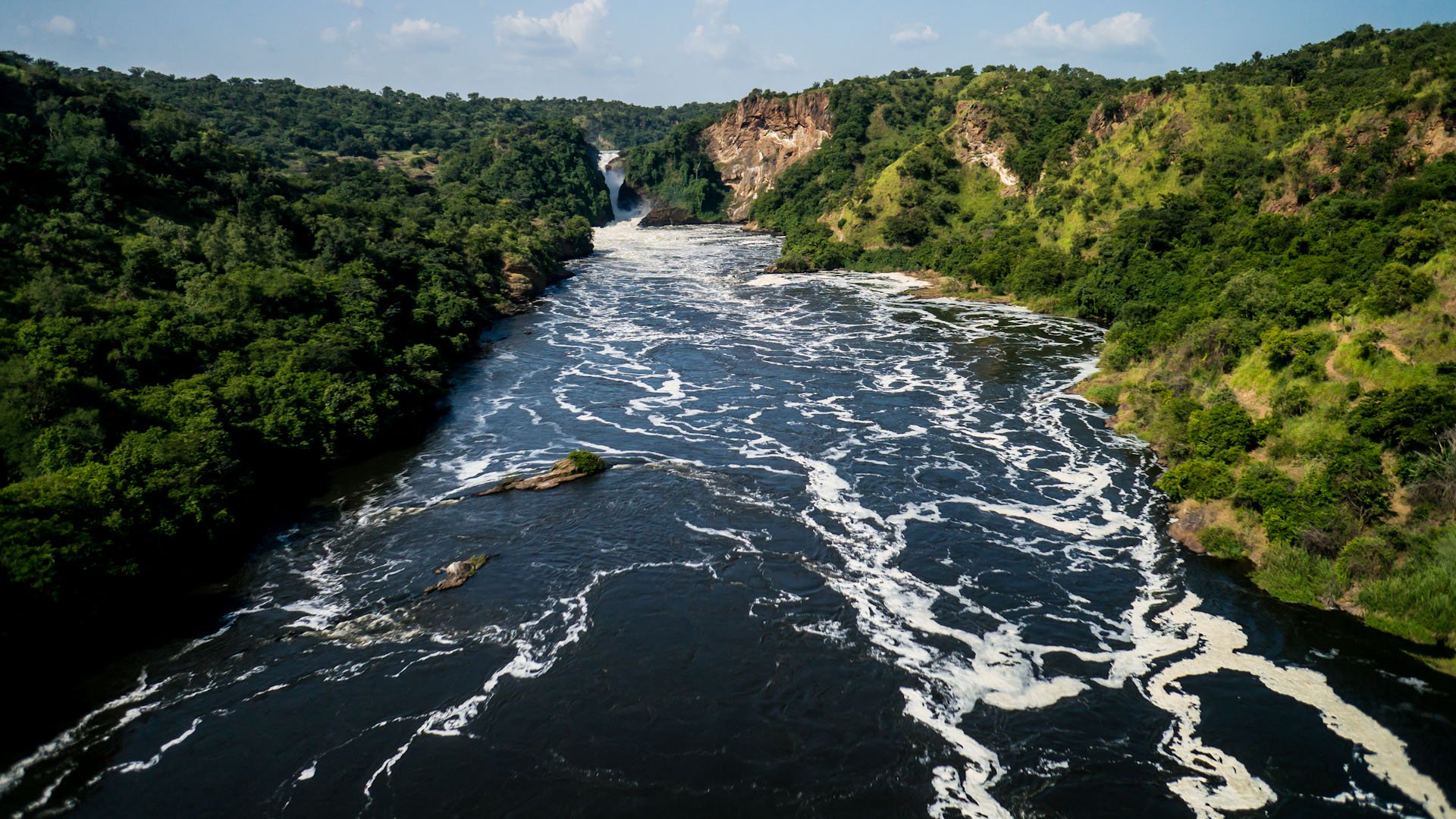
80 Million People Live in the Nile Delta
The end of the Nile River fans out before it dumps into the Mediterranean. This region is known as the Nile Delta. Due to the fanning nature of the river, it has made this part of Egypt extremely fertile. As such, more than 80 million people, or around half of the population of all of Egypt, actually live in this area!
However, this is not just a modern day occurrence. In fact, in ancient Egyptian times, large portions of the Egyptian population lived here as well. In fact, the ancient cities of Alexandria and Rosetta are found in these areas. Even today, some of these ancient cities still stand. For example, Alexandria is actually the largest city in this region with a population of over 4 million people.
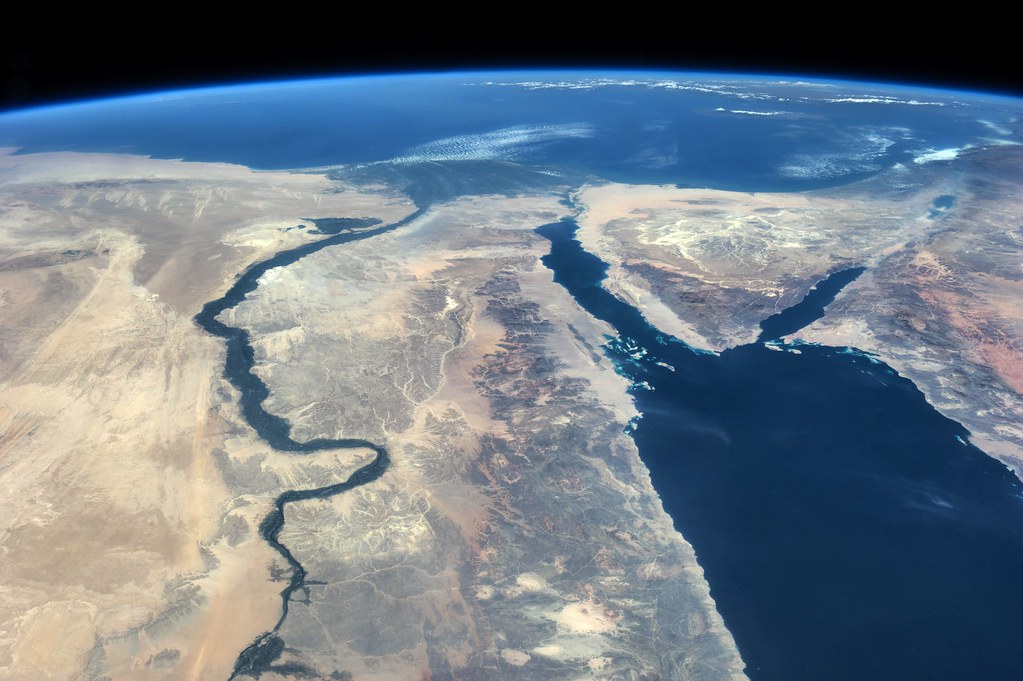
Aswan High Dam
Before the Aswan High Dam was built in 1970, the Nile River used to flood annually. In fact, the flooding could be so bad that it could completely wipe out crops in some years. On the flip side, it also meant that in some drier years, there could be crop failures and famine. Therefore, the Egyptian government decided to build the Aswan High Dam. With its construction, Egypt doesn’t have to worry about the previous problems. In fact, the dam is so effective that the Nile River is extremely calm today.

Longest River?
Traditionally, the Nile River has held the title as the longest river in the world at 4,132 miles (6,650 km). However, recently scientists have discovered that the Amazon River is actually longer!
Origins of the Name
There is a lot of dispute as to the origins of the name of the Nile River. Some historians think that it comes from the Semitic word “Nahal” which means “river”. However, other historians think that it comes from the Greek word “neilos” which means “valley”.
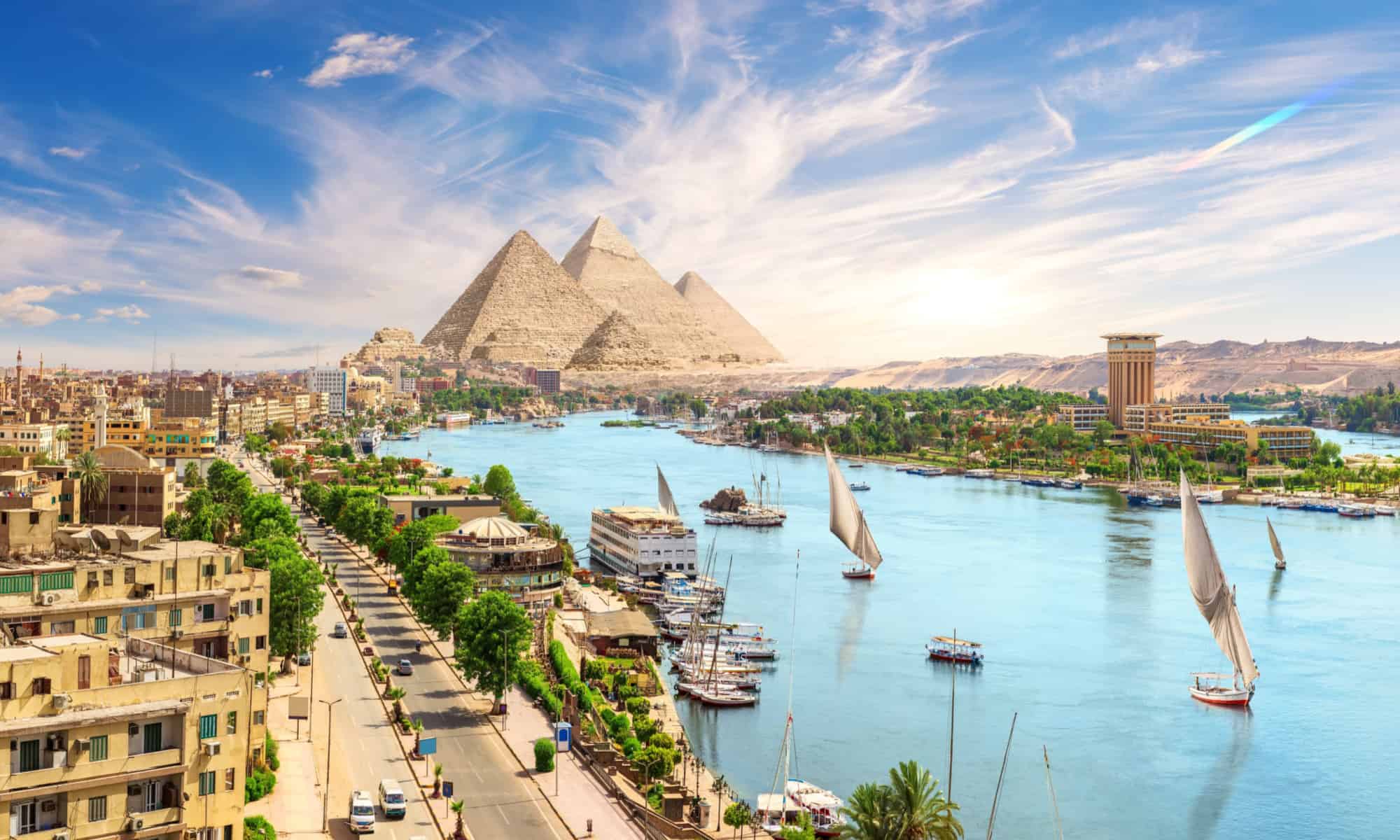
Nile Crocodiles
One of the most interesting facts about the Nile River is that it is home to one of the most dangerous and largest species of crocodile, the Nile Crocodile. In fact, the Nile crocodile is actually responsible for killing several people each year.
Today, due to their habitat shrinking their main habitat is in the southern parts of the Nile River. However, you used to be able to see them all the way up to the Nile Delta region. That would make you think twice about jumping in for a swim!

Nile River and Ancient Egypt
In Ancient Egypt the Nile River held a very important place in the society. Not only did it bring water and life to the desert, it was also a symbol of the ancient Egyptian spiritual life.
In fact, the ancient Egyptians believed that the Nile river was actually that passage way between life and death. As such, all tombs were actually built only on the western banks of the Nile River. This was because this was the side that the sun and the sun god Ra came up on every day.
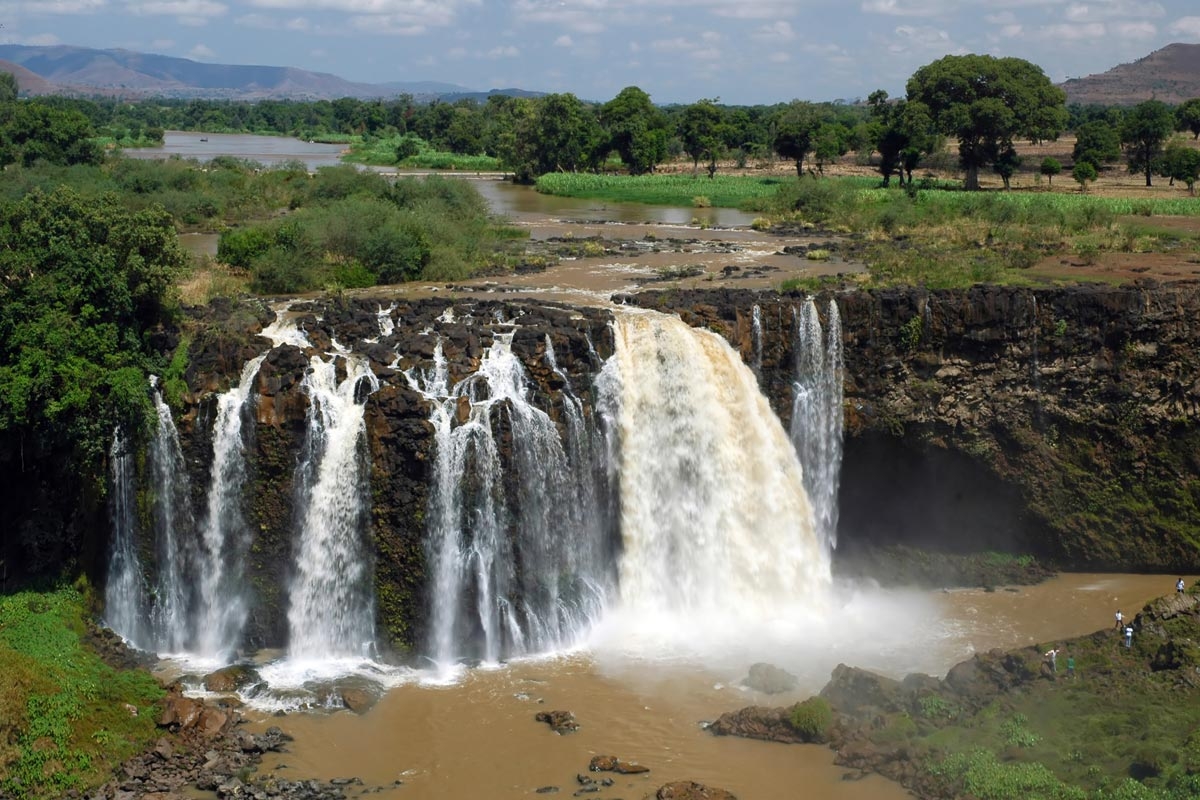
Ancient Egypt and Its Relation to the Nile
The Nile River held a very important practical part in the everyday life of ancient Egyptians. It provided almost everything that they needed in order to live. This included food such as fish, transportation and trade, as well as extremely nutrient rich soil to grow crops.
In addition, the Nile River also held a very important part in the construction of many of the famous Egyptian monuments. They used the river to transport the large stones from the quarries to the final building destinations.
